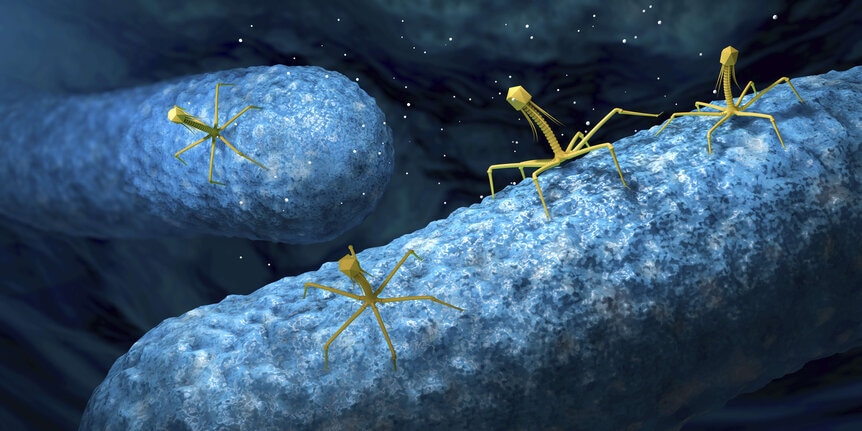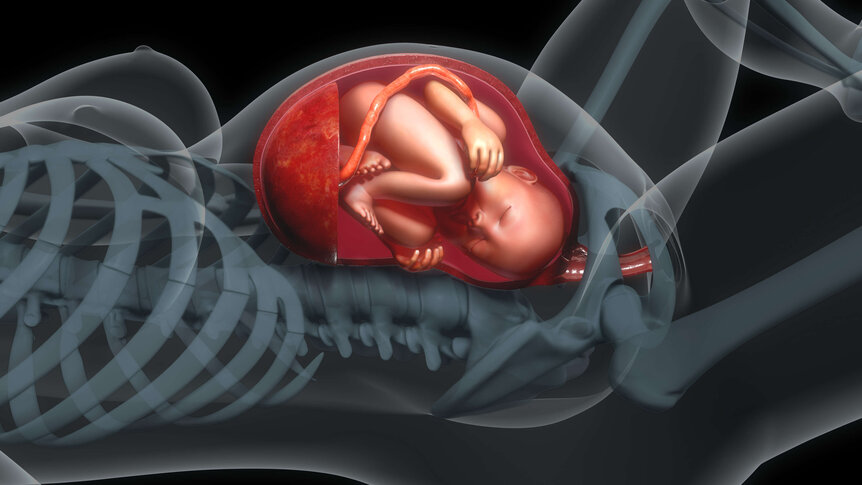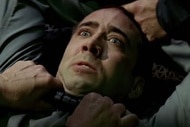Create a free profile to get unlimited access to exclusive videos, sweepstakes, and more!
Can viruses alter human DNA? The science behind 'The Omega Man'

This week we're celebrating 50 years since the release of The Omega Man, the 1971 film based on Richard Matheson's novel I Am Legend. In the film, and the novel on which it's based, a virus sweeps the globe wiping out most of humanity. The story follows Robert Neville, a scientist immune to the disease who believes himself to be the last living human on earth. Except, of course, for the mutants (or vampires, as the case may be) who are still alive but perhaps not quite human, as the virus changed them.
Whether it's zombies, vampires, or nocturnal albino mutants, the rapid mutation of the human genome by a virus has become a well-worn story trope. It's unlikely that a virus could so crucially alter humanity's collective DNA essentially overnight (it hasn't happened yet, but never say never) but viruses do alter our DNA. They've been doing so for millions of years, and we wouldn't be who we are today without them.
HOW IT HAPPENS
You might remember from high school biology how viruses work. Cells — both bacteria and the cells in your body — seem like simple organisms but they're actually pretty complex. There's a lot of machinery required to make a thing self-sufficient and self-replicating. Viruses, on the other hand, are comparatively simple. They require only two parts: genetic material —either DNA or RNA — and a protein coating. Some viruses have an additional lipid envelope which they derive from host cells.
The viral particle, or virion, has one purpose, to infiltrate a host cell and hijack its machinery to make more copies of itself. It does this by inserting its genetic material into the cell with instructions to replicate. In most cases, this goes on for a while, until the immune system beats the virus back. Meanwhile, the virus does everything it can to spread to another host and continue the cycle.
The way in which a virus passes itself from one host to the next depends on what sorts of cells it's specialized to infiltrate. Respiratory viruses get into the airway and spread via coughing, sneezing, or breathing. Different viruses do their best (or worst) work in specific cell types, and mostly they stay more or less where they're expected to be.
Sometimes, however, a virus will infect a germ cell, delivering its genetic material to a sperm or egg. When that happens, it's possible for the virus's genetic material to pass onto the offspring. Over generations, that material can become part of the host species' genome.
Today, roughly 8 percent of the human genome is comprised of human endogenous retroviruses (HERVs), inherited from stowaway viruses. Most of that genetic material is little more than junk DNA, broken down under the weight of millions of years of mutation. Some of it, though, is still active and, in spite of the bad rep viruses typically get, not all of it is bad. In fact, they may have played a part in one crucial development of human evolution.
FETAL DEVELOPMENT
Mammals first appear on the scene about 178 million years ago, give or take, and the first placental mammals appeared about 65 million years ago. In the interim, about 100 million years ago, mammalian DNA was changed by a virus or viruses.
In the mid-‘90s, scientists discovered a protein called syncytin which is produced by placental tissue. It plays a role in defining the boundary between the placental and maternal tissues, creating a critical barrier between mother and fetus which both allows for the exchange of nutrients and protects from disease and rejection.
When researchers looked closely at the sequence of syncytin, they discovered it was strikingly similar to a known viral protein called env. That protein is part of the envelope, discussed above, which allows a virus to fuse with a host cell and exchange material.
It would be wrong to say that a fetus is the same as a virus but in some ways, it does behave similarly. The researcher's findings, published in the journal Nature in 2000, suggest this endogenous retrovirus made its way into our DNA and some of its function was co-opted to our benefit. Mammals learned to create the same sort of connection viruses use to latch onto cells as a way to create a connection with their offspring. That this viral DNA is so old and still active further suggests it's playing a key role in our genome. Certainly, mammals existed before syncytin, but the trajectory of their — our — evolutionary branch would look very different without it.
In addition to allowing for the emergence of the placenta, HERVs play a role in early fetal development as well. In our earliest stages, we are a bundle of pluripotent stem cells, cells capable of becoming any number of different cell types. Later, those cells differentiate, becoming muscle or bone or brain tissue.
In those early stages, viral proteins prevent the cells from differentiating, at least for a while. It's possible that viruses do this as a way of maximizing their potential to spread to as many cells as possible. Over the generations, however, it's become an ordinary part of developmental timing.
Early embryos create viral proteins, delaying the differentiation, allowing the fetus to create a variety of tissues. What began as a strategy for passing on viral genetic material has been co-opted for our benefit. In short, we've hi-jacked the viruses processes in order to make more of ourselves.
Turnabout is fair play.
















